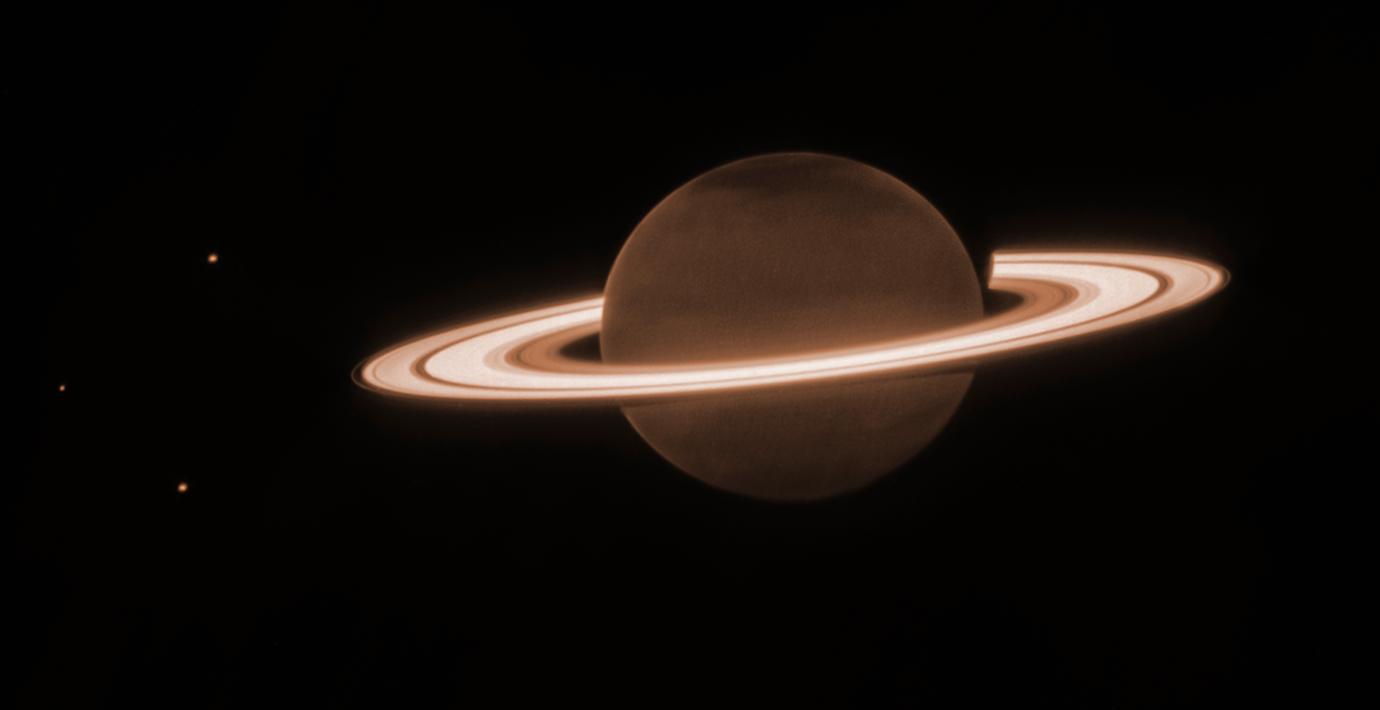
Teori: Saturnus ringar kom till i ”nylig” månkrasch
Det är svårt att föreställa sig Saturnus utan sina karaktäristiska ringar. Men hur och när bildades de? Enligt forskarna bakom en ny studie är ringarna inte nödvändigtvis flera miljarder år gamla, utan kan ha uppstått ”nyligen” med astronomiska mått mätt, skriver New York Times.
En teori är att en kollision mellan två frostfläckade månar ligger bakom och att krocken kan ha inträffat för ”bara” ett par hundra miljoner år sedan.
– Det hade säkert varit grymt att se om dinosaurierna hade haft tillräckligt bra teleskop, säger Jacob Kegerreis, Nasaforskare och en av författarna till stuiden.
bakgrund
Saturnus ringar
Wikipedia (en)
The rings of Saturn are the most extensive ring system of any planet in the Solar System. They consist of countless small particles, ranging in size from micrometers to meters, that orbit around Saturn. The ring particles are made almost entirely of water ice, with a trace component of rocky material. There is still no consensus as to their mechanism of formation. Although theoretical models indicated that the rings were likely to have formed early in the Solar System's history, newer data from Cassini suggested they formed relatively late.Although reflection from the rings increases Saturn's brightness, they are not visible from Earth with unaided vision. In 1610, the year after Galileo Galilei turned a telescope to the sky, he became the first person to observe Saturn's rings, though he could not see them well enough to discern their true nature. In 1655, Christiaan Huygens was the first person to describe them as a disk surrounding Saturn. The concept that Saturn's rings are made up of a series of tiny ringlets can be traced to Pierre-Simon Laplace, although true gaps are few – it is more correct to think of the rings as an annular disk with concentric local maxima and minima in density and brightness. On the scale of the clumps within the rings there is much empty space.
The rings have numerous gaps where particle density drops sharply: two opened by known moons embedded within them, and many others at locations of known destabilizing orbital resonances with the moons of Saturn. Other gaps remain unexplained. Stabilizing resonances, on the other hand, are responsible for the longevity of several rings, such as the Titan Ringlet and the G Ring.
Well beyond the main rings is the Phoebe ring, which is presumed to originate from Phoebe and thus to share its retrograde orbital motion. It is aligned with the plane of Saturn's orbit. Saturn has an axial tilt of 27 degrees, so this ring is tilted at an angle of 27 degrees to the more visible rings orbiting above Saturn's equator.
In September 2023, astronomers reported studies suggesting that the rings of Saturn may have resulted from the collision of two moons "a few hundred million years ago".
Omni är politiskt obundna och oberoende. Vi strävar efter att ge fler perspektiv på nyheterna. Har du frågor eller synpunkter kring vår rapportering? Kontakta redaktionen